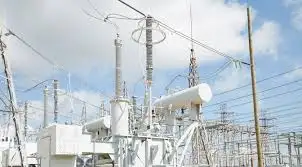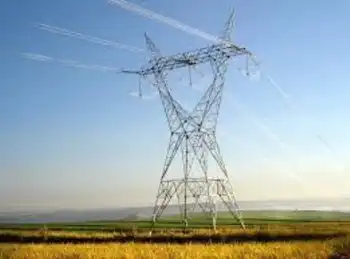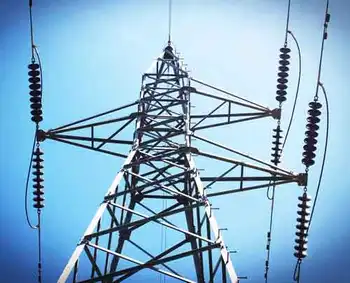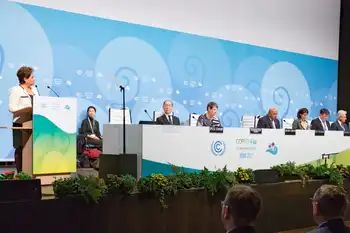Material bends, stretches and conducts power
CHICAGO, ILLINOIS - In the latest twist on electronics, Japanese scientists said they have developed a rubbery material that conducts electricity, a finding that could be used to make devices that bend and stretch.
The material, described by Tsuyoshi Sekitani of the University of Tokyo in the journal Science, could be used on curved surfaces or even in moving parts, they said.
Sekitani's team developed their material using carbon nanotubes, a long stretch of carbon molecules that can conduct electricity.
They mixed these into rubbery polymer to form the basic material. Next, they attached a grid of tiny transistors to the material and then put it to the test.
They stretched the sheet of material to nearly double its original size and it snapped back into place, without disrupting the transistors or ruining the material's conductive properties.
The elastic conductor would allow electronic circuits to be mounted in places that would have been impossible up to now, including "arbitrary curved surfaces and movable parts, such as the joints of a robot's arm," Sekitani and colleagues wrote.
Earlier, a U.S. team reported developing an elastic mesh material that allowed them to use standard electronics materials to build an electronic eye camera based on the shape and layout of the human eye.
That device could be the basis for the development of an artificial eye implant.
John Rogers of the University of Illinois at Urbana-Champaign, who wrote about the eye camera in the journal Nature, said the development of materials that can be shaped and molded to curved surfaces will allow for a whole new class of electronics devices that can be used to better interact with the human body, such as brain monitoring devices.
Related News

E.ON to Commission 2500 Digital Transformer Stations
DUSSELDORF - E.ON plans to commission 2500 digital transformer stations in the service areas of its four German distribution grid operators - Avacon, Bayernwerk, E.DIS and Hansewerk - by the end of 2019. Starting this year, E.ON will solely install digital transformer stations in Germany. This way, the smart grid is quite naturally being integrated into E.ON's distribution grids.
With these transformer stations as the centrepiece of the smart grid, it is possible to monitor and control any situation in the power grid from the grid control centre. This helps to maintain a more balanced utilisation of the grid and, with…




